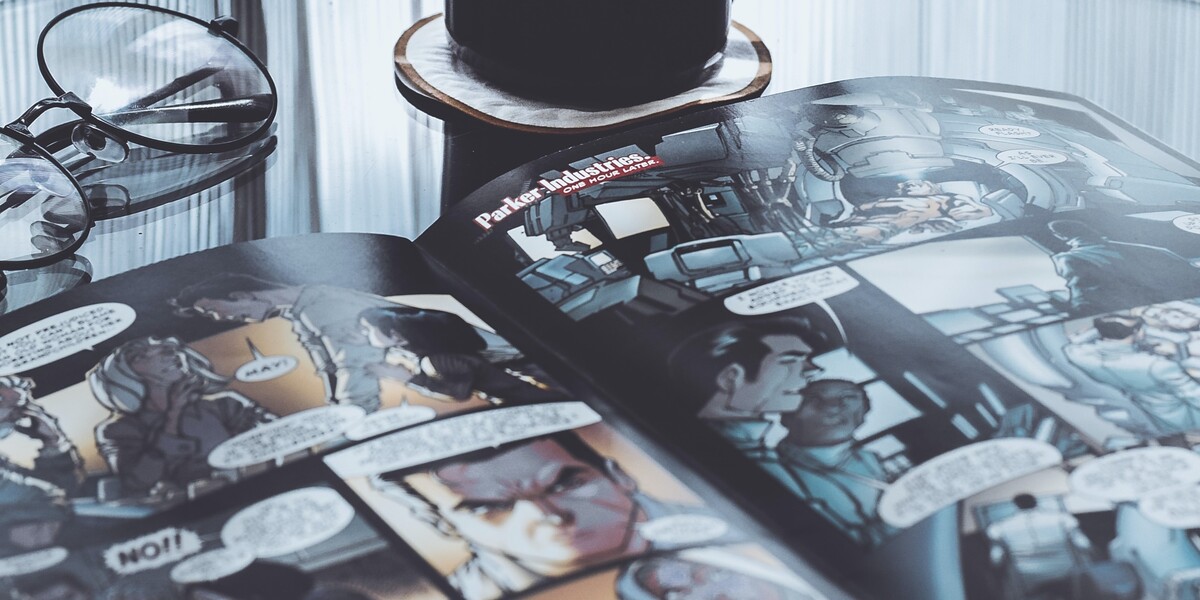-
How to become a
Cartoonist

Who is the Cartoonist?
A Cartoonist is a visual content creator who expresses himself through cartoons, comic strips, and satirical illustrations. This professional in the field of graphic arts possesses the ability to infuse elements of humour and critique into drawings that often astutely comment on social, political, and cultural events. Cartoonists are not just artists, but also visual storytellers and social commentators, capable of influencing public opinion and stimulating debate. Their work manifests in various forms: from daily comic strips that lightly illuminate everyday life, to political caricatures that intelligently and incisively highlight global affairs. In the digital age, the role of the Cartoonist has expanded, embracing online platforms and social networks where they can share their talent with an increasingly broad audience. These drawing artists must be adept at capturing the essence of an idea or emotion with a few strokes, transforming simple images into powerful vehicles for messages.
What does a Cartoonist do?
A Cartoonist dedicates his day to designing and creating works that stand out for their immediate and impactful nature. Beyond creating cartoons and caricatures, many also write comic scripts and design characters. His creative process involves exploring current themes and transforming them into visual narratives that can spark interest and reactions from the audience. In their daily work, Cartoonists often manage the complete lifecycle of a project, from initial conception to final realisation, including the selection of styles, colours, and layouts that best convey their intended message. Their ability to communicate visually is honed by experience and continuous observation of the world around them. Moreover, modern Cartoonists frequently integrate digital technologies into their workflow. This includes using drawing and animation software, as well as managing their online presence by publishing works across various digital channels. This digital evolution has expanded the Cartoonists’ scope of action, allowing them to reach and engage diverse audiences through new forms of artistic expression.
What skills should a Cartoonist have?
To excel in the field of illustration and comics, a Cartoonist must possess a range of specific skills. Beyond fundamental drawing abilities, this professional role must boast acute artistic sensitivity that allows him to interpret and represent various situations and emotions effectively. Creativity in conceiving unique characters and original scenarios is equally crucial, as is the ability to tell stories through visual sequences. A good understanding of composition, colour, and graphic design is essential for creating visually appealing and technically precise works. Digital drawing and animation software proficiency is increasingly in demand, and communication and storytelling skills are fundamental. A Cartoonist must indeed be able to convey ideas and messages clearly and engagingly. Awareness of current trends and cultural themes of the moment is also essential to keep their works relevant and interesting to contemporary audiences. Finally, working under pressure and meeting deadlines is crucial in a professional environment where turnaround times can be tight.
How to become a Cartoonist?
To embark on a career as a Cartoonist, a blend of natural talent, specialized training, and consistent practice is required. An aspiring Cartoonist should begin with a solid foundation in drawing and illustration, honing both technical skills and the ability to express creative ideas through visual art. Participating in courses in art and graphic design is instrumental in acquiring fundamental knowledge and skills in these areas, enabling the creation of a strong portfolio - a crucial element for showcasing one's abilities to potential employers or clients. Practical experience is equally important. Engaging in personal projects, entering drawing and illustration contests, or collaborating with magazines and websites is imperative to refine one's personal style and gain visibility. Additionally, adaptability to various media, including digital platforms, and an understanding of the dynamics of the contemporary publishing market are indispensable for success in the field. These are all skills that can be optimally acquired through NABA courses in the Communication and Graphic Design area, designed to guide students through all phases of the creative process, from ideation to the execution of illustration projects, equipping them with the competencies and knowledge to emerge as successful Cartoonists.

